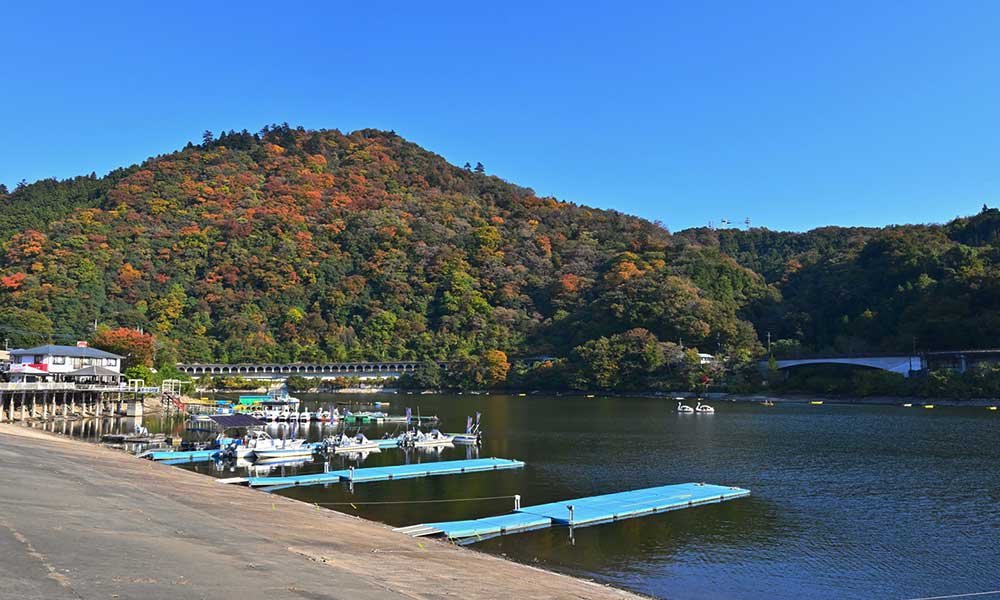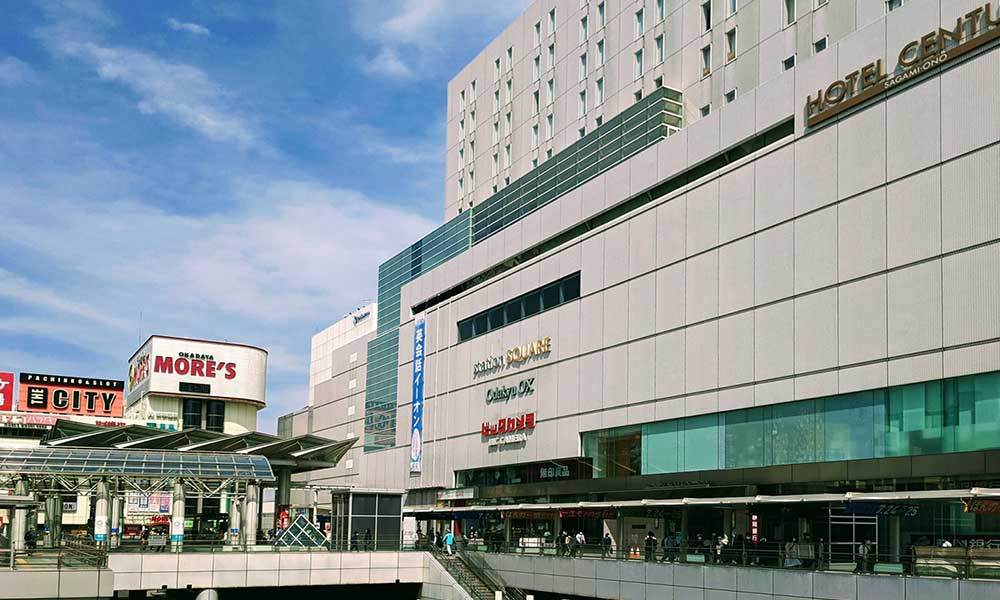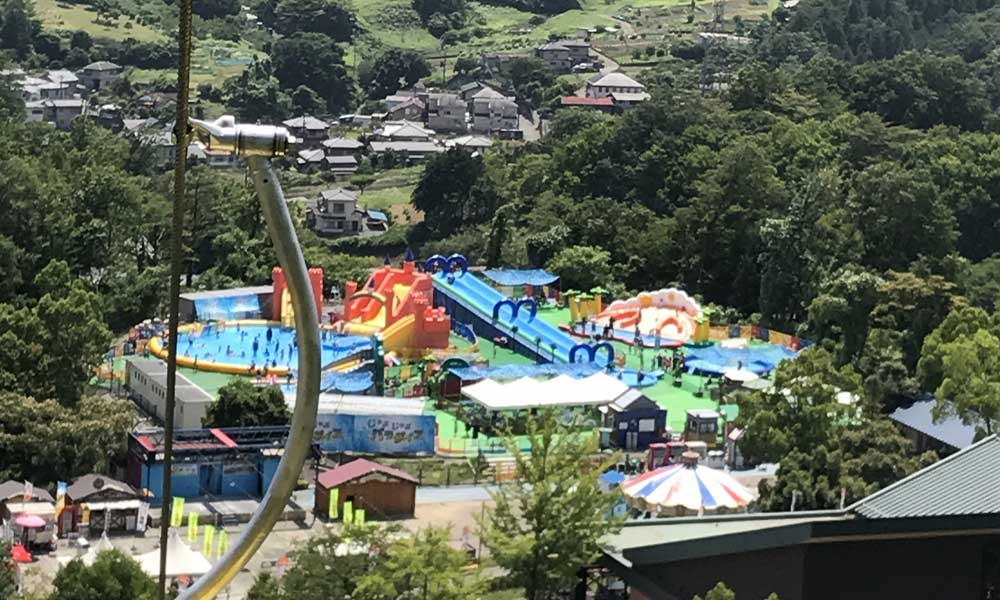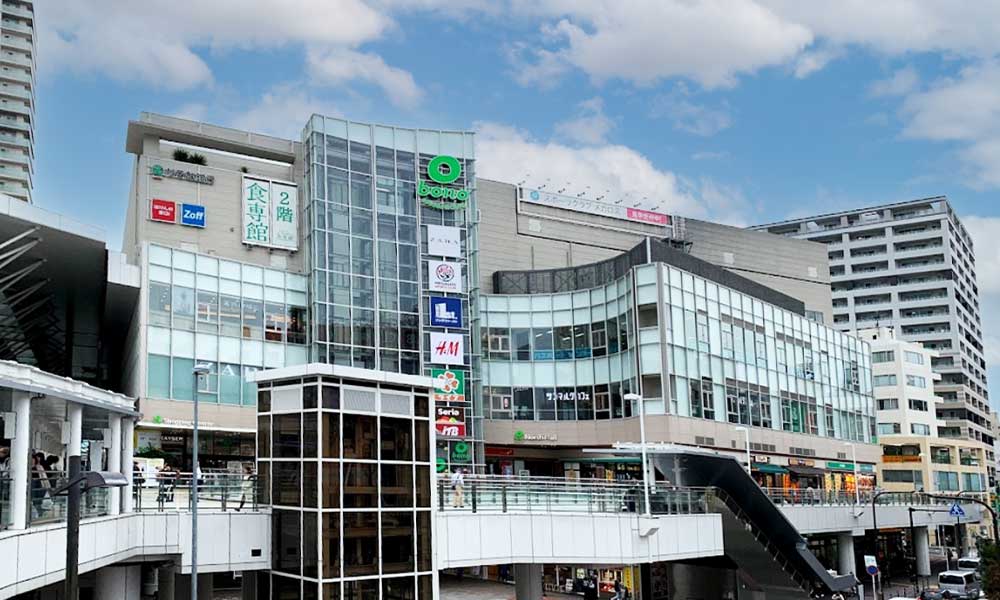Sagamihara City, Kanagawa神奈川県相模原市
Living in Sagamihara City, Kanagawa

We have Summarized the livability of Sagamihara City, Kanagawa.
CENTRAL PREFECTURE AREA県央地域
CONTENTS
- What kind of place is Sagamihara City?
- Sagamihara CityPR video
- How is the traffic situation in Sagamihara City?
- How are the rent and land prices in Sagamihara City?
- How is childcare and education in Sagamihara City?
- How about shopping in Sagamihara City?
- How about jobs and recruitment in Sagamihara City?
- Sagamihara City’s unique subsidy/subsidy system
What kind of place is Sagamihara City, Kanagawa?

Sagamihara City, a city rich in nature, made up of three districts
Sagamihara City is located at the northernmost tip of Kanagawa Prefecture, with Hachioji City, Tokyo to the north, Machida City and Zama City, Tokyo to the east, Atsugi City and Aikawa Town to the south, and Uenohara City, Yamanashi Prefecture to the west. Sagamihara City is also connected to Tokyo, making it easy to access the city center.
The population is 726,000 and the number of households is 341,000. (As of November 2022)
The population exceeded 700,000 in 2007, and it became a designated city in 2010.
Sagamihara City has three wards arranged side by side, with Midori-ku, Chuo-ku, and Minami-ku arranged from west to east.
The city is surrounded by abundant nature, including Mount Takao, Mount Jinba, the Sagami River, and other mountains and rivers.
The population is particularly concentrated in the eastern part of the city, where the urban area is developing, while areas away from the city are popular with families as commuter towns.
Sagamihara City is served by multiple lines, including the JR line, Odakyu line, and Keio line, making it easy to access the city center, which is one of the reasons why it is easy to live there and popular.
In 2027, a station for the linear motor car that runs between Shinagawa and Nagoya is scheduled to be built around Hashimoto Station, making it an area that is expected to become even more convenient.
PR video of Sagamihara City, Kanagawa
A LIFE OF SAGAMIHARA~Right now, this moment is connected to my future.~
How is the traffic situation in Sagamihara City?

Sagamihara City: A city with easy access to the city center and suburbs
Six lines pass through Sagamihara City: JR Yokohama Line, JR Sagami Line, JR Chuo Line, Keio Sagamihara Line, Odakyu Odakyu Line, and Odakyu Enoshima Line. There are 16 stations, mainly Hashimoto Station and Sagamihara Station.
Rapid trains stop at Hashimoto Station, Machida, and Sagamihara Stations, making it easy to access Tokyo and Shinjuku. You can also transfer to the Keio Electric Railway, which is convenient if you want to visit Chofu and Shinjuku. From this station, it takes as little as 37 minutes to Shinjuku and 45 minutes to Yokohama.
Odakyu Electric Railway’s Sagami-Ono Station and Odakyu Sagamihara Station, and Higashi-Rinkan Station on the Enoshima Line are located in the city area. Private railway express trains and JR line rapid trains can access the city center in about 30 to 40 minutes.
The city’s bus routes include Kanagawa Chuo Kotsu, Keio Bus, and Fujikyu Bus, with Kanagawa Chuo Kotsu at the center and covering almost all areas of Kanagawa city.
Kanagawa Chuo Kotsu has seven offices and districts, so even if you don’t own a car, there are plenty of ways to get around.
You can get on to the Chuo Expressway from Sagamiko Interchange, and you can access not only Tokyo but also the Chubu area, including Aichi Prefecture and Yamanashi Prefecture.
One of the reasons for its popularity is that it is easy to use for everything from commuting to traveling and returning home.
Another feature is the abundance of main roads, including National Route 16, which is part of the Tokyo Ring Road, Koshu Kaido/National Route 20, and National Route 129, which is the Oyama Road.
The city is expected to have a bright future with new lines such as the linear motor car and the Odakyu Line planned to run through it in the future. Kanagawa Chuo Kotsu buses run throughout the city and are frequent.
Trains are very crowded in the morning. Buses also easily get stuck in traffic, and especially on rainy days they can be so crowded that you can’t get on.
How are the rent and land prices in Sagamihara City?
Sagamihara City: More affordable land and housing than the city center
The overall average land price in Sagamihara is 541,000 yen per tsubo.
Looking more closely, the prices differ for each of the three wards, with Minami-ku, which is closer to the city center, being more expensive, and Midori-ku, which is located in the suburbs, being relatively low.
The average price in Minami-ku, located in the east, is 658,000 yen per tsubo, while Chuo-ku is 536,000 yen, and Midori-ku, located in the west, is 424,000 yen. Use this as a guide when deciding where to live, as the prices fluctuate.
Because land prices are lower than in the city center, this area is more advantageous for purchasing a detached house, which directly affects the price, than in Tokyo.
Urbanization is progressing, and in areas under development, it is possible to get a property cheaply, so it is recommended to look for a detached house as well as a rental property.
How is childcare and education in Sagamihara City?

Sagamihara City: A city with a rich educational environment from nursery schools to universities
Sagamihara city has 89 nursery schools, 52 kindergartens, 73 elementary schools, 42 junior high schools, 18 high schools, 11 junior colleges and universities, and 5 vocational schools. There are 197 cram schools and prep schools, and the city is home to many academic educational institutions such as national and private university campuses and junior colleges.
The city also puts a lot of effort into internationalization and information education, making it the perfect place for those who want to raise children who will be active globally.
Cultural schools and courses, including nature experience classes, are available, making it a good place for those who want to raise their children in a relaxed environment.
Sagamihara City: A city with a wide range of child-rearing support measures, including medical expense subsidies
The Pediatric Medical Expense Subsidy in Sagamihara City provides full coverage for outpatient, inpatient, and prescription costs for children from 0 years old through 6th grade, and for non-taxable households with junior high school students (grades 7–9). For junior high school students, outpatient costs exceeding ¥500 per visit are subsidized, while inpatient and prescription costs are fully covered.
In addition, child allowances of ¥15,000 for children under 3 years old, ¥10,000 for the first and second children aged 3 and older until they start elementary school, ¥15,000 for the third child and beyond, and ¥10,000 for junior high school students are provided.
Each district has a childcare support center, which is available to parents and children aged 0 to 3, as well as their families.
In addition to facilitating interactions between parents and children, these centers offer consultations and workshops on parenting.
There are many universities in the city, as well as a wide range of preparatory schools and cram schools, so it is economical to be able to receive a comprehensive education within commuting distance of your home.
While many municipalities provide free medical care for children up to junior high school age, the 500 yen charge can feel like a burden for junior high school students.
How about shopping in Sagamihara City?

Sagamihara City is a city where commercial facilities are concentrated near the main stations in each administrative district.
In Sagamihara City, the Midori Ward is home to JR Yokohama Line’s Hashimoto Station, while Chuo Ward has JR Sagamihara Station and Odakyu Electric Railway’s Sagami-Ono Station as major stations. Around these stations, there are urban areas and commercial facilities.
Near Hashimoto Station, you’ll find shopping centers like Ario Hashimoto and Aeon Mall, while around Sagamihara Station, there is the Aeon Sagamihara Shopping Center. Near Sagami-Ono Station, there are facilities like Bono Sagami-Ono and Sagamiono Joy Mores. The city has many large commercial facilities.
These locations are convenient for shopping during commutes, trips, or outings.
While large malls are located in central urban areas, supermarkets, convenience stores, and shops are scattered throughout, making it easy to purchase daily necessities.
Even if you wish to shop at main stores in urban areas, it is convenient as you can access Tokyo within 30 to 40 minutes.
This location offers a wide range of options, from everyday shopping to family outings, dining, and even shopping in the city.
Along National Route 16 there are many stores of all kinds, such as shopping malls, supermarkets, and drugstores, and prices are generally low, so I think it’s a great area to shop in.
If you don’t have a car, it’s inconvenient to go to shopping malls and other stores where you can find everything.
How about jobs and recruitment in Sagamihara City?
Sagamihara City is a city with plenty of jobs, including shops, restaurants, factories, and branches of major companies.
The center of Sagamihara City is filled with large commercial facilities, and is an area with a wide range of job openings, from part-time to full-time customer service and administrative positions.
There are parts factories for major automobile and home appliance companies, as well as large heavy industry factories, so you can search for a variety of jobs.
The range of jobs is extremely diverse, from printing companies and glass and textile industries to companies that make bread and prepared foods, and sports clubs, and the content of job openings varies depending on the season, so it is important to always check to see if there are any openings for the job you want.
Sagamihara City, Kanagawa’s unique subsidy/subsidy system
Sagamihara City, Kanagawa’s unique relocation assistance and relocation subsidy system
| Sumo Green District Fujino relocation house search & house building “Satomatchi” Sagamihara Fan Site |
Sagamihara City, Kanagawa’s unique housing assistance and subsidy system
Sagamihara City, Kanagawa’s unique childcare support system
| Childbirth and child-rearing support program |









